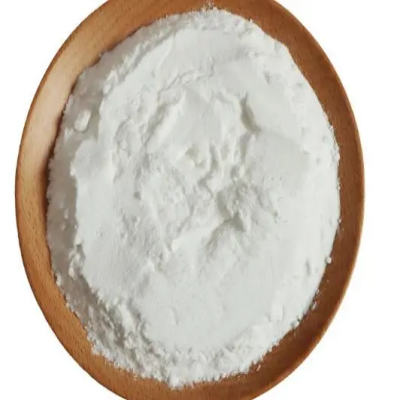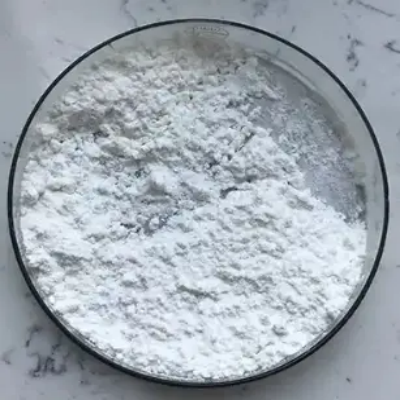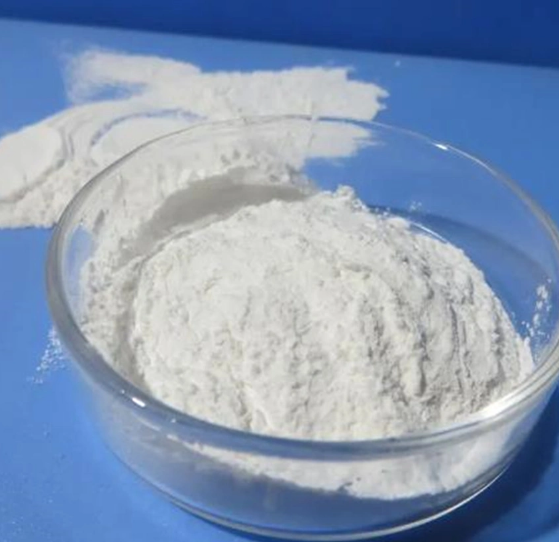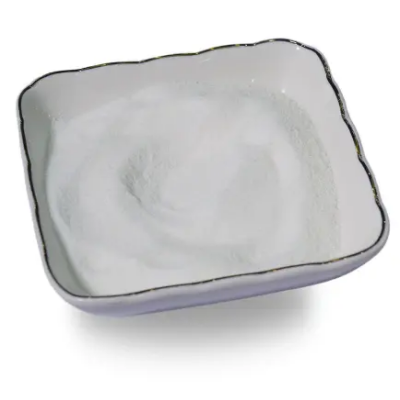Exit(1R,3R)-1-(1,3-Benzodioxol-5-yl)-2-(chloroacetyl-2,3,4,9-tetrahydro-1H-pyrido[3,4-b]indole-3-carboxylicacidmethyeste CAS:171489-59-1
The synthesis of (1R,3R)-1-(1,3-Benzodioxol-5-yl)-2-(chloroacetyl-2,3,4,9-tetrahydro-1H-pyrido[3,4-b]indole-3-carboxylic Acid Methyl Ester involves intricate organic reactions utilizing commercially available starting materials. Initial steps include cyclization reactions to form the pyridoindole ring system, followed by fusion with the tetrahydrofuran ring and introduction of the chloroacetyl and 1,3-benzodioxol-5-yl groups. The process demands precise control over reaction conditions to achieve desired regiochemistry and high purity of the final product. Synthetic Routes Synthesis commences with cyclization reactions crucial for establishing the pyridoindole core and ensuring correct regioselectivity for subsequent modifications. Fusion with the tetrahydrofuran ring and incorporation of the chloroacetyl and 1,3-benzodioxol-5-yl groups necessitate specialized reagents and conditions to control structure and yield effectively. Chemical Properties and Reactivity The complex molecular structure of (1R,3R)-1-(1,3-Benzodioxol-5-yl)-2-(chloroacetyl-2,3,4,9-tetrahydro-1H-pyrido[3,4-b]indole-3-carboxylic Acid Methyl Ester contributes to its distinct chemical properties and reactivity. This includes potential interactions with biological targets, making it promising for medicinal chemistry applications. Understanding its behavior is crucial for optimizing its biological activity and therapeutic potential. Biological and Pharmacological Significance The compound holds significant potential in pharmacology due to its intricate structure, serving as a scaffold for designing molecules targeting specific biological receptors or enzymes. Exploring its interactions with biological systems is essential for evaluating its pharmacological profile and developing novel therapeutic agents. Applications in Medicinal Chemistry As an intermediate, (1R,3R)-1-(1,3-Benzodioxol-5-yl)-2-(chloroacetyl-2,3,4,9-tetrahydro-1H-pyrido[3,4-b]indole-3-carboxylic Acid Methyl Ester facilitates the synthesis of derivatives with tailored properties. Modifications around the pyridoindole, tetrahydrofuran, chloroacetyl, and 1,3-benzodioxol-5-yl moieties can influence bioactivity, solubility, and metabolic stability, crucial for drug development. Conclusion (1R,3R)-1-(1,3-Benzodioxol-5-yl)-2-(chloroacetyl-2,3,4,9-tetrahydro-1H-pyrido[3,4-b]indole-3-carboxylic Acid Methyl Ester represents a significant compound in medicinal chemistry and organic synthesis, characterized by its complex molecular structure and potential biological activities. Its synthesis pathway and chemical properties offer a foundation for further exploration in pharmaceutical research, highlighting its role in advancing drug discovery efforts. Continued investigation into its reactivity and interactions with biological systems promises to uncover new therapeutic opportunities, underscoring its relevance in scientific and pharmaceutical innovations.



| Composition | C22H19ClN2O5 |
| Assay | 99% |
| Appearance | white powder |
| CAS No. | 171489-59-1 |
| Packing | Small and bulk |
| Shelf Life | 2 years |
| Storage | Store in cool and dry area |
| Certification | ISO. |


![Exit(1R,3R)-1-(1,3-Benzodioxol-5-yl)-2-(chloroacetyl-2,3,4,9-tetrahydro-1H-pyrido[3,4-b]indole-3-carboxylicacidmethyeste CAS:171489-59-1 Featured Image](https://cdn.globalso.com/xindaobiotech/5EVBWZZXL9LE4FA@55921.png)
![Exit(1R,3R)-1-(1,3-Benzodioxol-5-yl)-2-(chloroacetyl-2,3,4,9-tetrahydro-1H-pyrido[3,4-b]indole-3-carboxylicacidmethyeste CAS:171489-59-1](https://cdn.globalso.com/xindaobiotech/5EVBWZZXL9LE4FA@55921-300x300.png)





